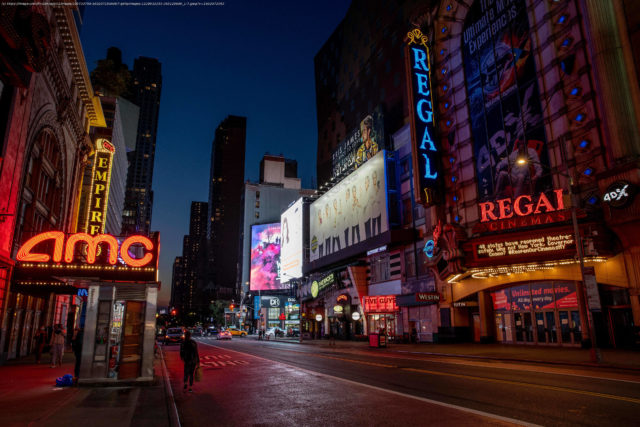The symbiotic relationship between studios and movie theaters remains intact despite coronavirus-related disruptions to the film industry.
A lot has changed in the entertainment industry in 2020. With the surge in coronavirus cases has come an increased uneasiness from audiences, truncated theatrical windows and a stronger focus on streaming than ever before. But, there’s one thing that has remained the same: the symbiotic relationship between studios and movie theaters. « Studios and exhibition have always had a lovely but contentious relationship, » one movie theater operator with locations in the southern part of the U.S. said on condition of anonymity. « Exhibition is basically a business that has blank screens and empty seats and we can’t do what we do without the studios. » In spite of massive disruption in the industry, cinema owners and distributors are doing what they can to keep things professional during a time of high stress and emotion. Cinema owners who spoke to CNBC said that they understood why studios have had to postpone major films and place some of those movies on streaming services or on-demand platforms. « Whether we agree with what their solutions are is a totally different story, » the movie theater operator said. Disrupting the status quo For decades theater owners have been resistant to change, particularly when it comes to the length of time that movies should play in cinemas before being permitted to go to premium video on-demand, home video or streaming services. Up until this year, blockbuster films had to be shown in theaters for at least 90 days before they could be launched anywhere else. That window typically included around 74 days of exclusive theatrical showings, two weeks of availability on digital release and then the inclusion of home video sales. These windows were created by studios decades ago in an effort « to get multiple bites out of the same apple, » another movie theater operator said. In the months leading up to the pandemic, some studios were actually already in talks with theaters to slightly alter these windows. The result would have kept bigger franchise films and blockbusters in cinemas longer and permitted smaller budget films to head to direct-to-consumer channels faster. However, when the pandemic hit and theaters were forced to shutter for nearly six months, desperation compelled cinema operators to agree to new, and starkly shorter, release strategies to get through the pandemic.
Home
United States
USA — Cinema Movie theater owners are frustrated about streaming, but their survival depends on...






